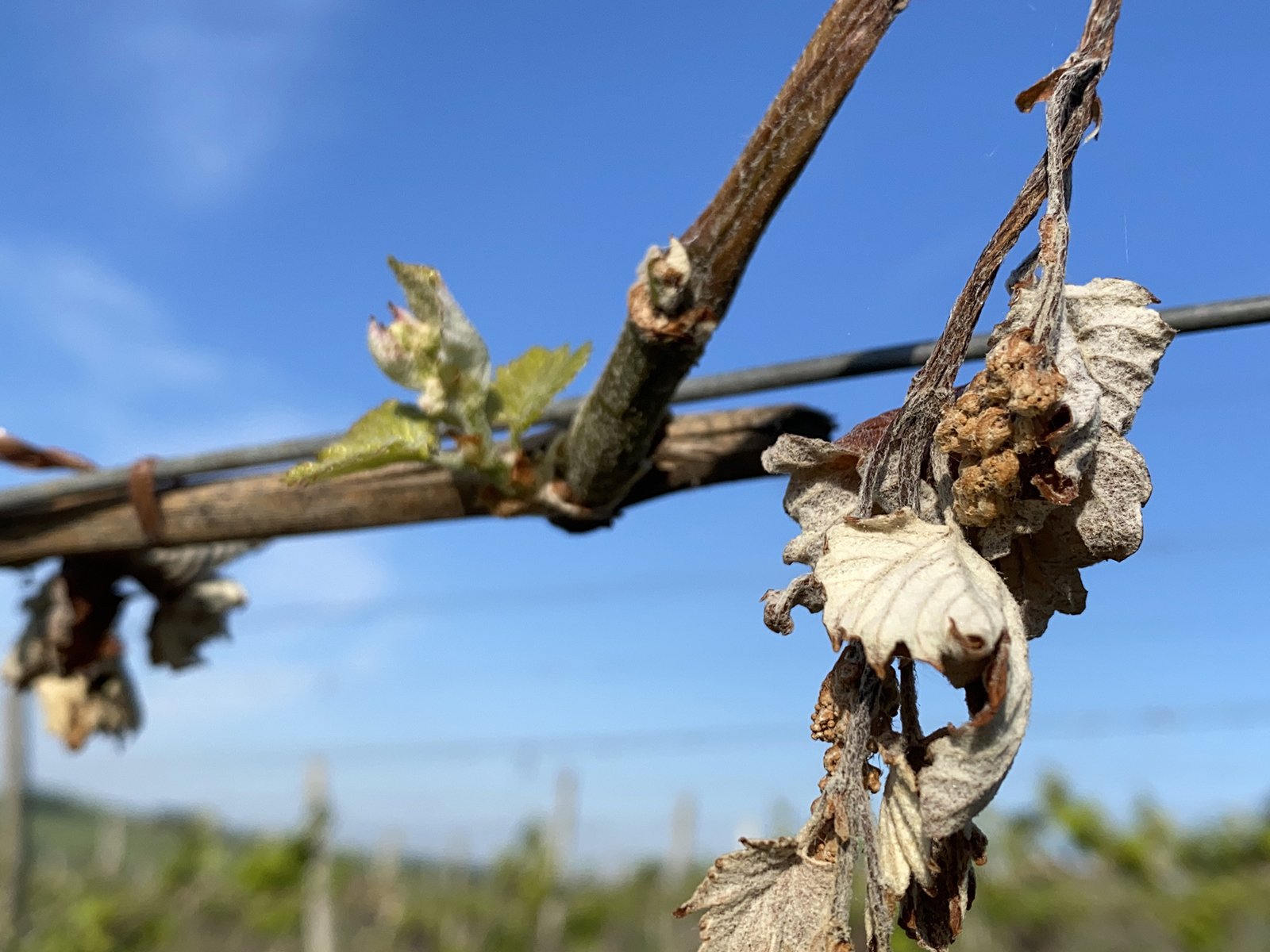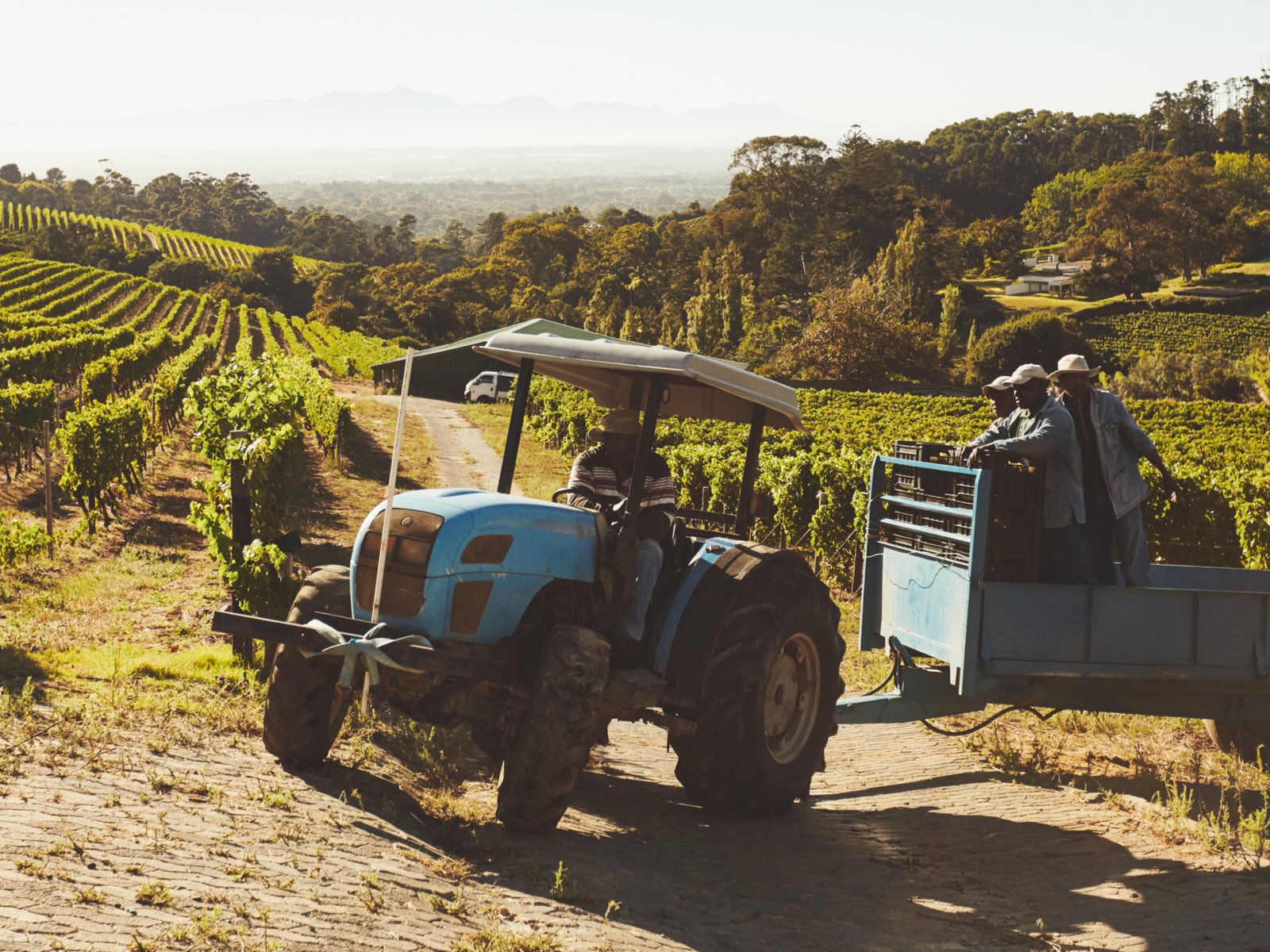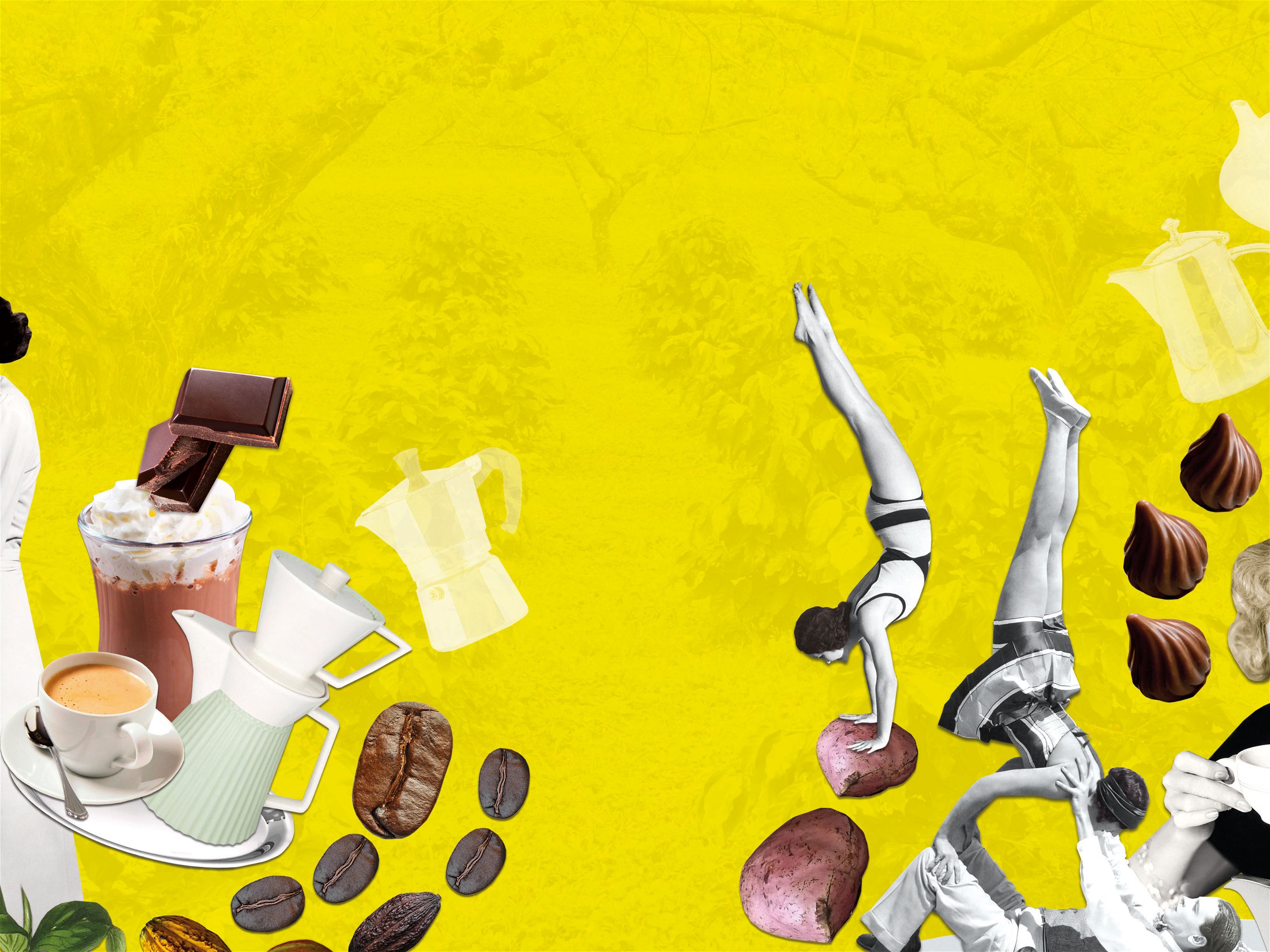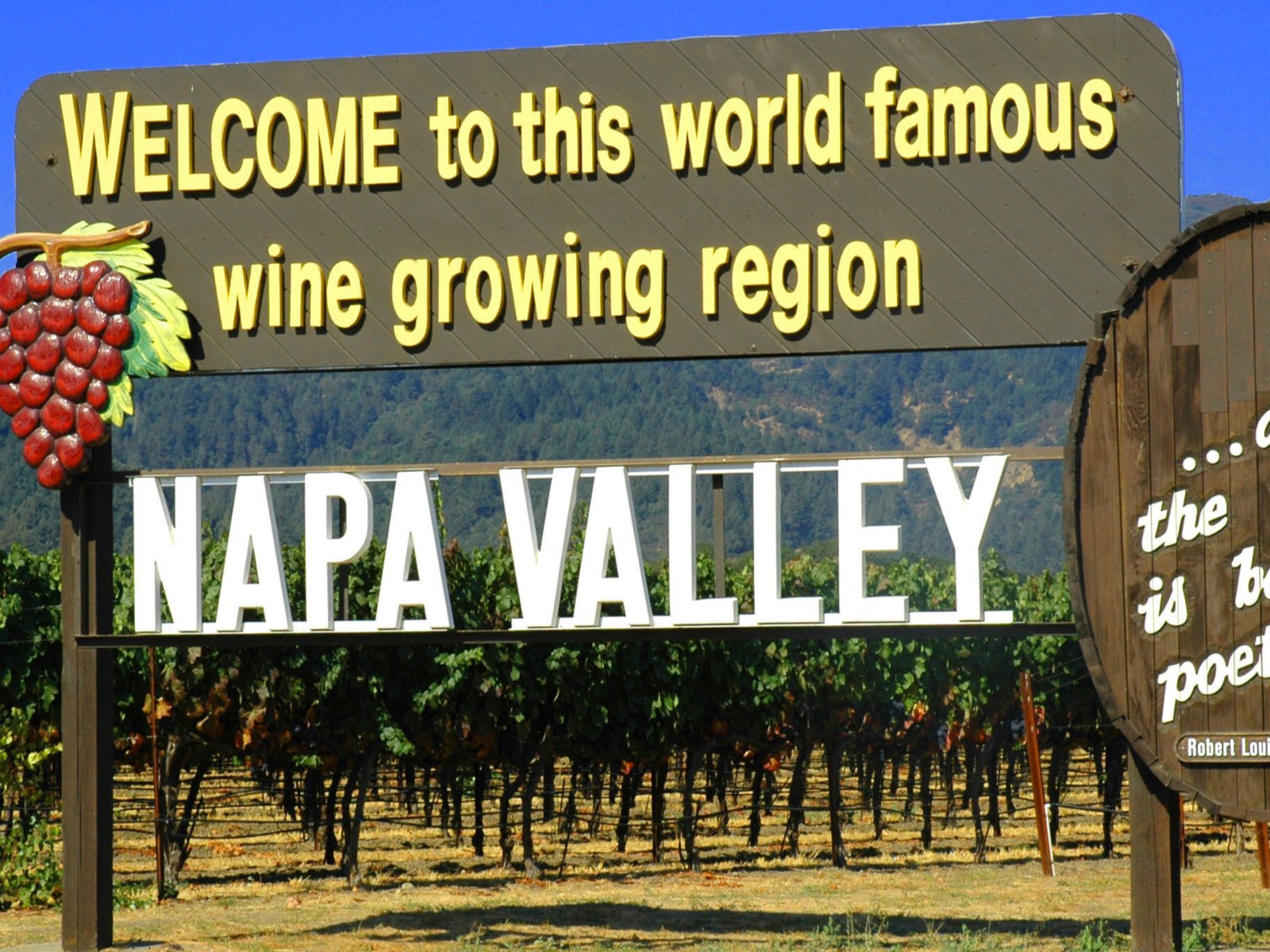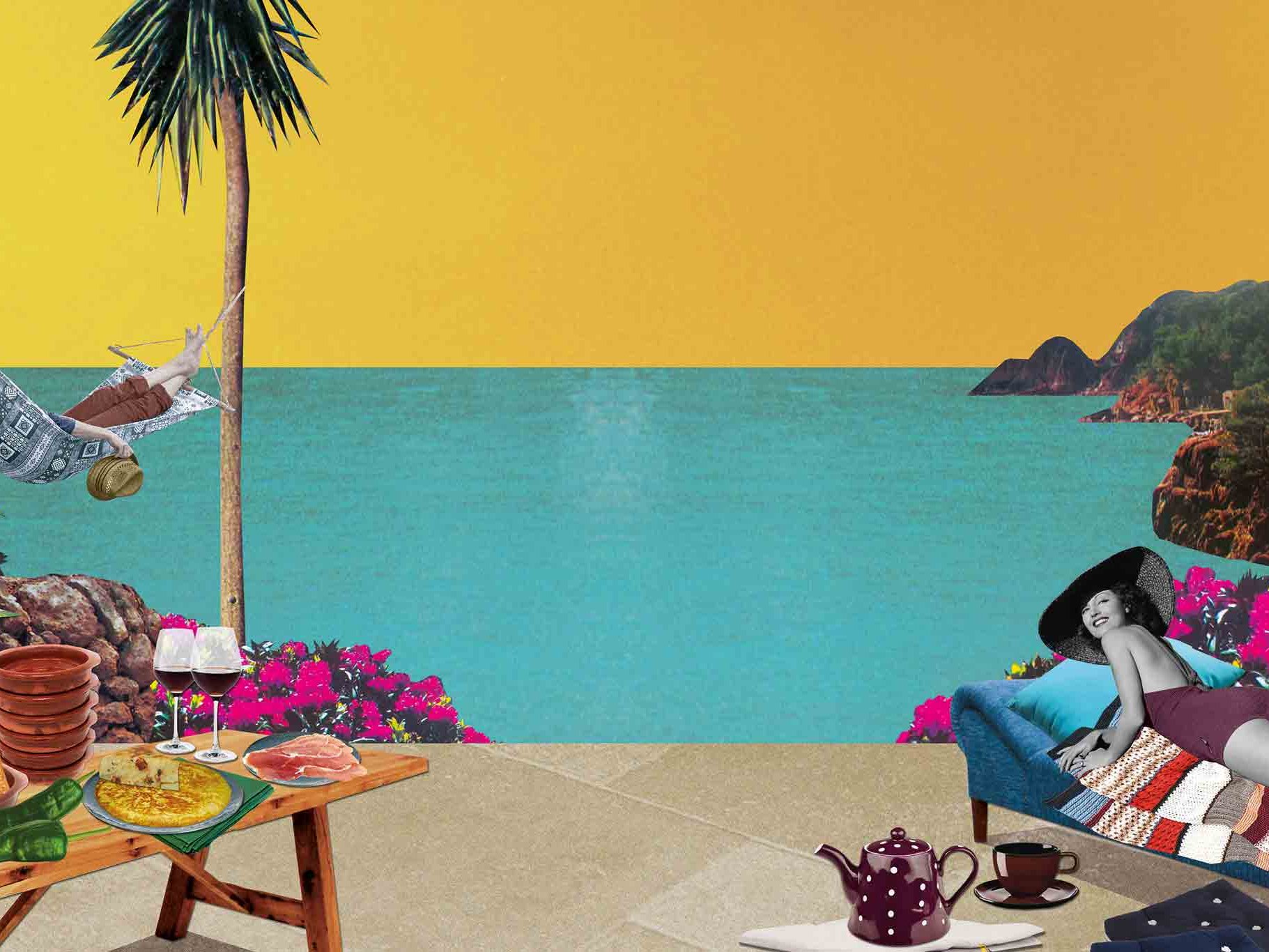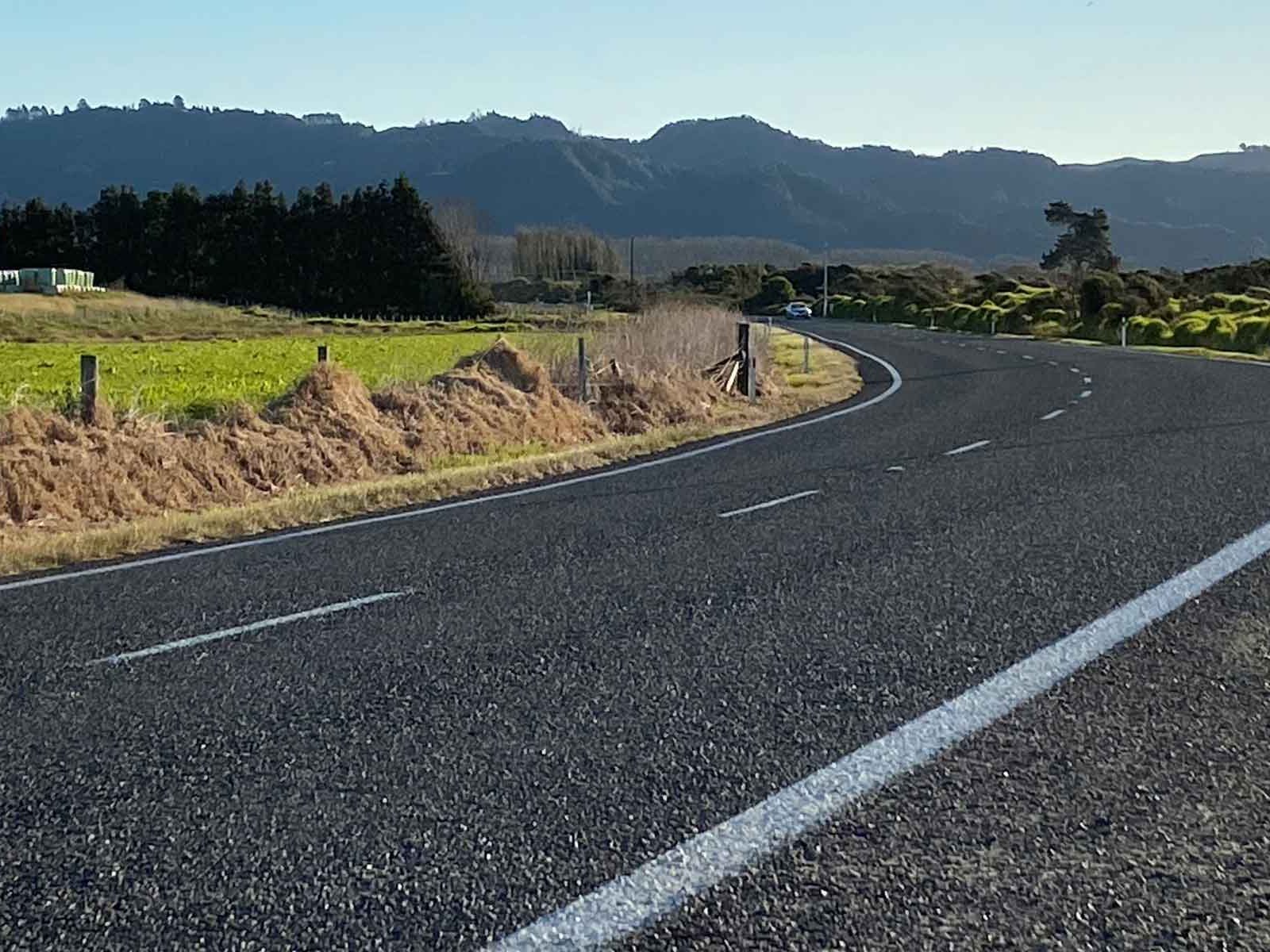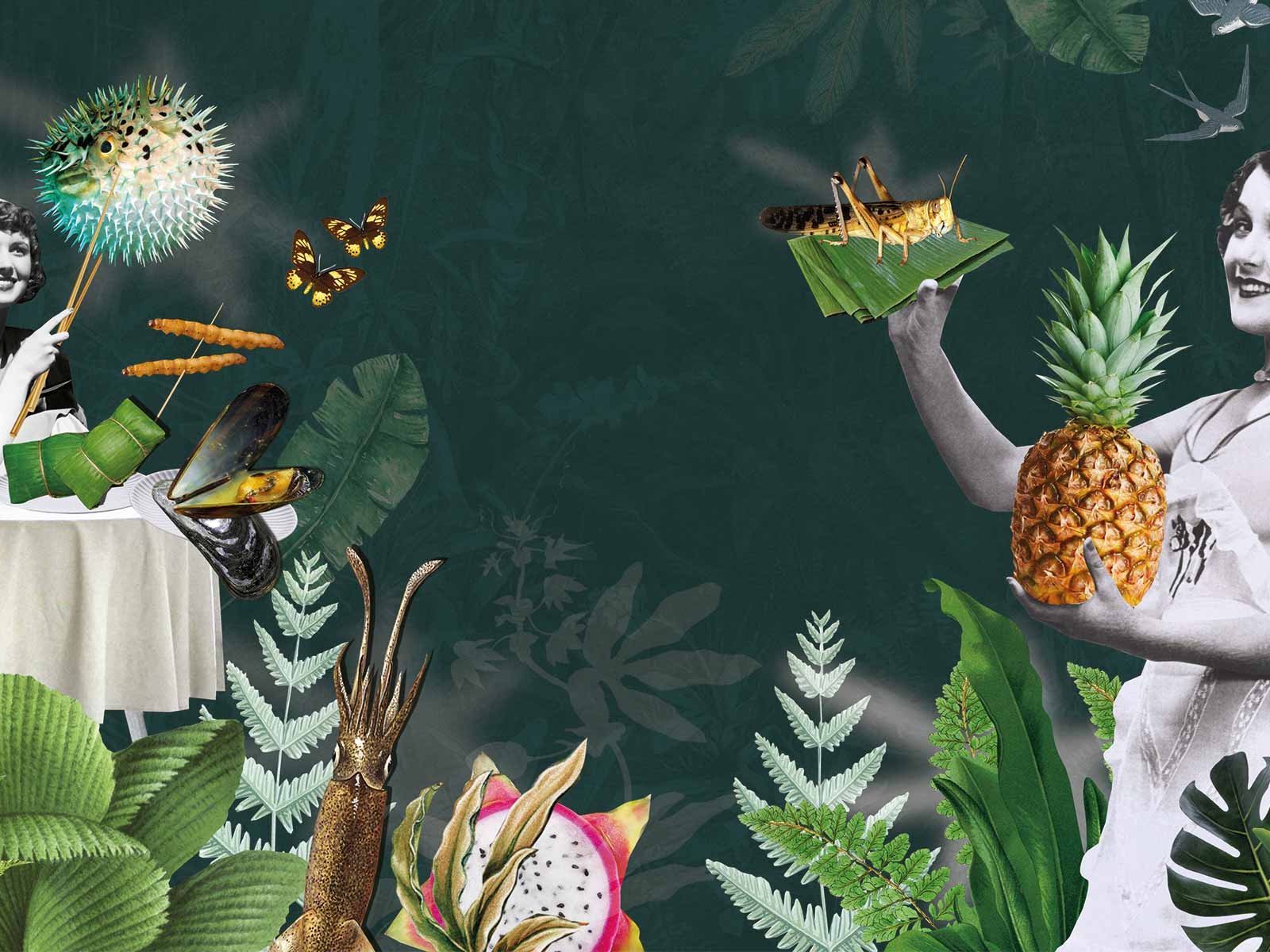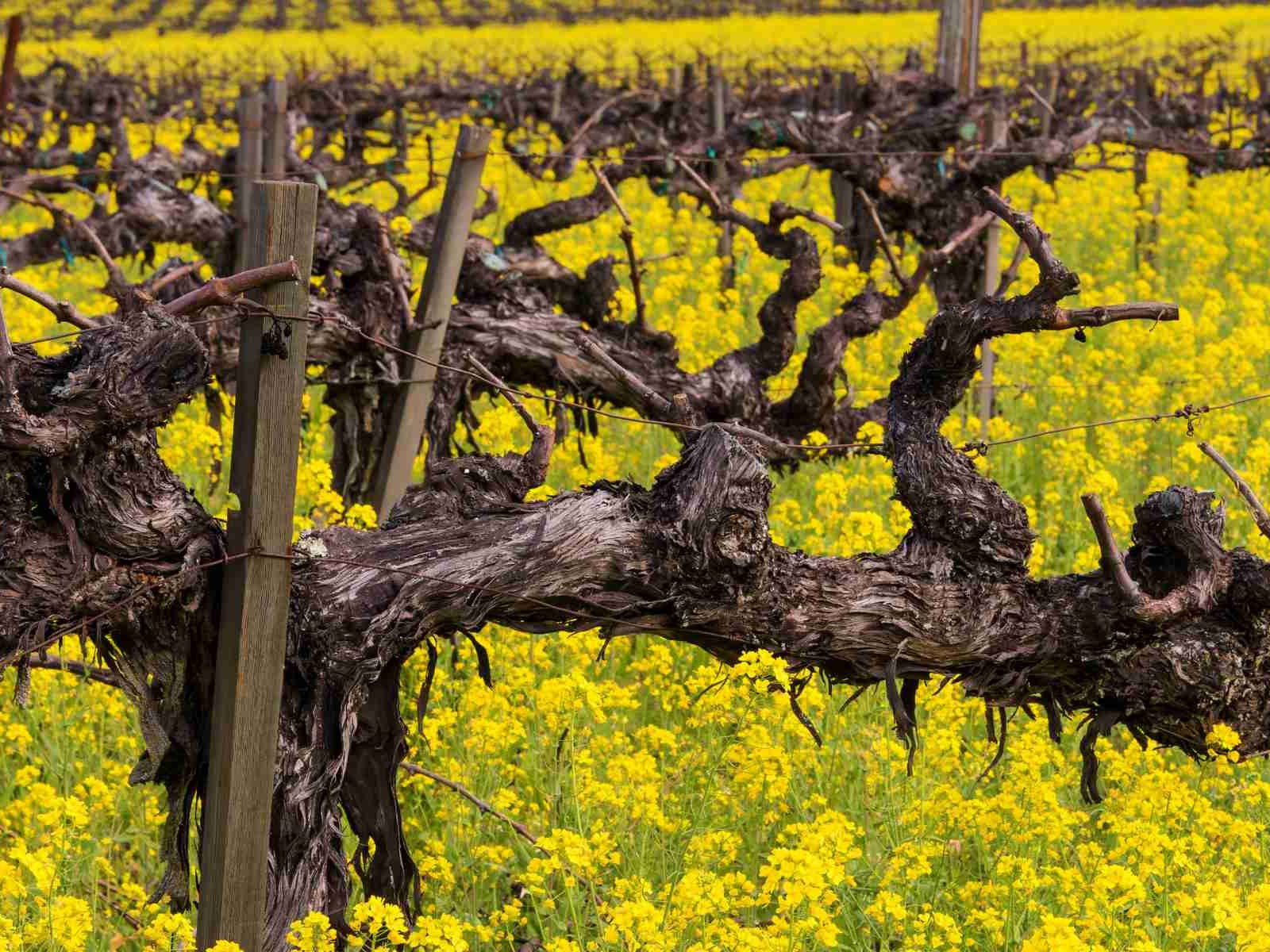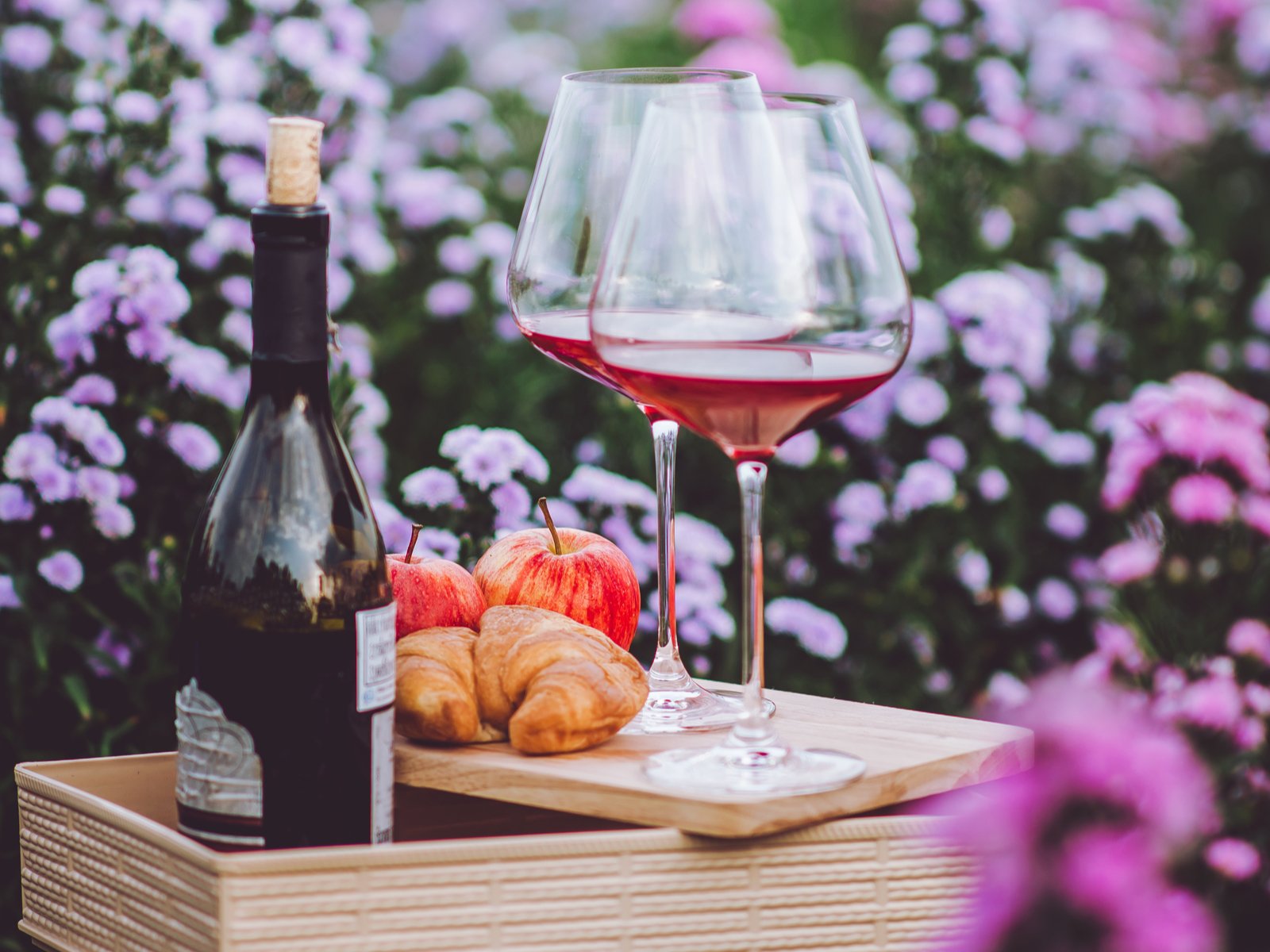Valpolicella: A Love Letter
Valpolicella has been overshadowed by Amarone, but our writer embraces the wines of this underrated appellation.
What's in a name
The name Valpolicella means the valley of many cellars. For the ancients, it was not a particular grape variety, winemaking style, or maturation vessel that made a difference. A great wine was one able to travel intact from where it was made to where there was feasting. A great wine had to traverse the alchemical arc of freshness and decay to cheat the natural progression from fruit to vinegar. Deep, cool cellars were the trick of the trade.
Indigenous grapes
The winemaking tradition of Valpolicella extends at least back to early antiquity. Like Piedmont and Tuscany, Valpolicella has its own native grape varieties – Corvinone, Corvina, Molinara, Rondinella, Croatina, Oseleta – that give expression to this achingly beautiful place, in combination with a unique, indigenous winemaking style, called the appassimento method, which involves drying the grapes indoors before pressing them.
Trade routes
The ancient Roman road that linked Rome to its northern provinces passes through Valpolicella, and, as Burgundy, Champagne and Bordeaux can attest, being on an important trade route is helpful for establishing a wine region. The descendants of Rome’s Germanic “barbarians” still come in droves, as tourists, seeking beautiful weather, wonderful food, and the glorious vineyards cascading between the shimmer of Lake Garda and the cool pink marble pavements of Verona. Although Valpolicella may not seem to be on an important trade route today, in fact it is at the epicentre of the wine world in Italy, where the most important wine fair, Vinitaly, takes place every spring.
Stylistic success
In a certain sense Valpolicella is a victim of its own success. Amarone, the flagship wine of the region, is a rich, textural wine, usually over 16% in alcohol and often with up to 8 grams per litre of residual sugar. Amarone is a crowd pleaser, especially popular in the northern climes of Scandinavia, Germany, Russia and Canada, but it has fallen out of favour with the cognoscenti who eschew high alcohol and off-dry, full-bodied wines in favour of whatever is pale and interesting. This general trend is magnified by the fact that Valpolicella is dominated by some of the biggest wine companies in Italy, some large cooperatives and others prestigious brands.
These wineries churn out millions of bottles a year, paying lip service to the concepts of terroir and typicity, while taking advantage of sanctioned rule-breaking, called derogations, to mass-produce wines under the rubric of the DOCG, a label that is supposed to guarantee authenticity, but somehow allows international grape varieties and wines produced cheaply in other regions of Italy to find their way into the blend, as well as irrigation to increase yields, and modern drying techniques for the appassimento that eliminates not only the risk of rot, but also character and complexity.
Elusive chimera
The good news is that there are some producers making splendid wines that unquestionably deserve more recognition. Here is that elusive chimera; a famous and historic wine region where the very best wines are still affordable and possible to find: try Monte dei Ragni, Monte dall’Ora, Marion, Giusseppe Rizzardi, Corte Sant’Alda and Novaia. For those who have the opportunity to visit, it is still often possible to buy wine at the cellar door. Stay at Costa degli Ulivi, a small and very reasonably priced family-run hotel, with an excellent restaurant, surrounded by idyllic vineyards which produce the house wines.
The privilege of kings
Amarone, Ripasso and Recioto, the appassimento wines, are the most celebrated, but the humble Valpolicella Classico, typically a light bodied, transparent red, with moderate alcohol and a savoury edge, should not be overlooked. When it is well made it can be as expressive as its haughtier siblings. The aromas of wild cherries and orange peel, who knows, one can only speculate, might even be closest of all to the famous wines made in Valpolicella back in the days when having a deep, dark, cool cellar to preserve the freshness was what mattered most, and when drinking this wine was the rare privilege of princes and kings.

